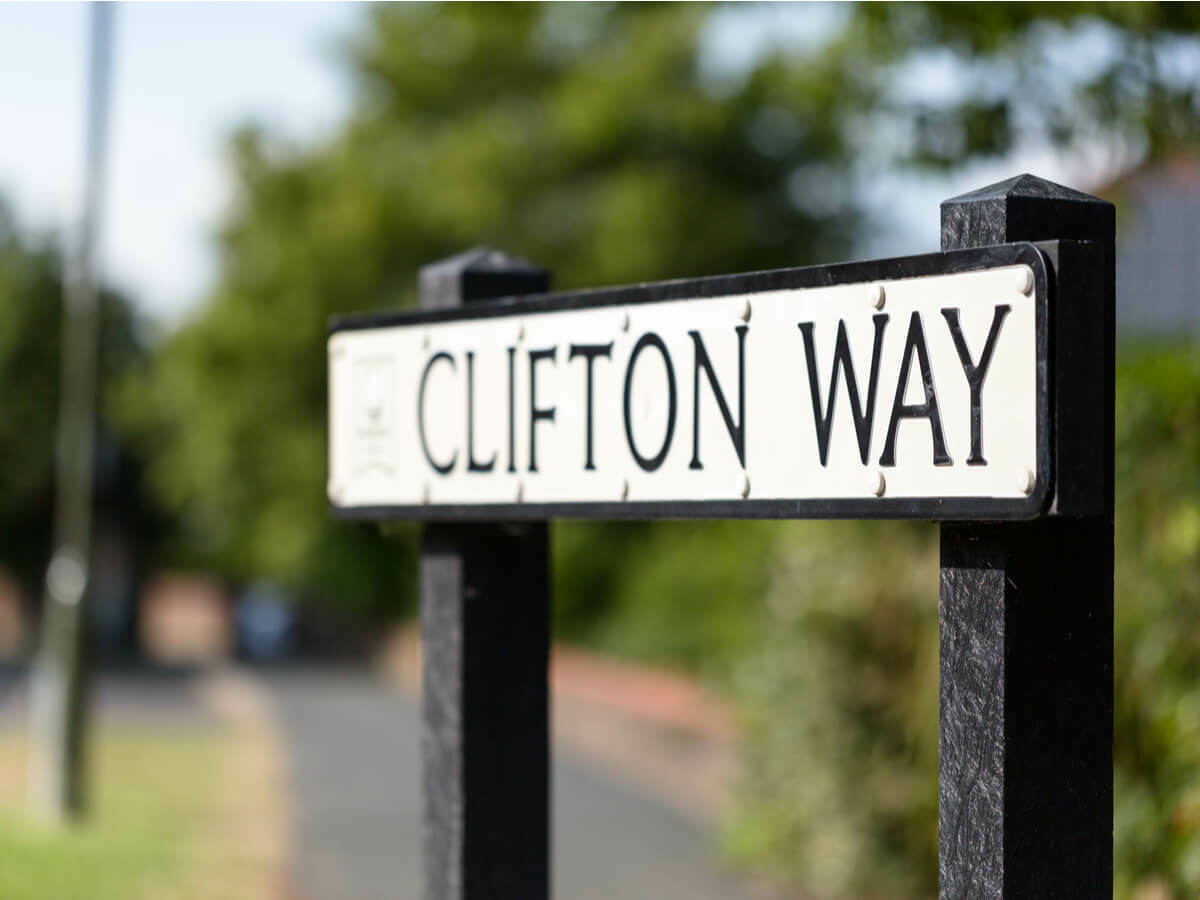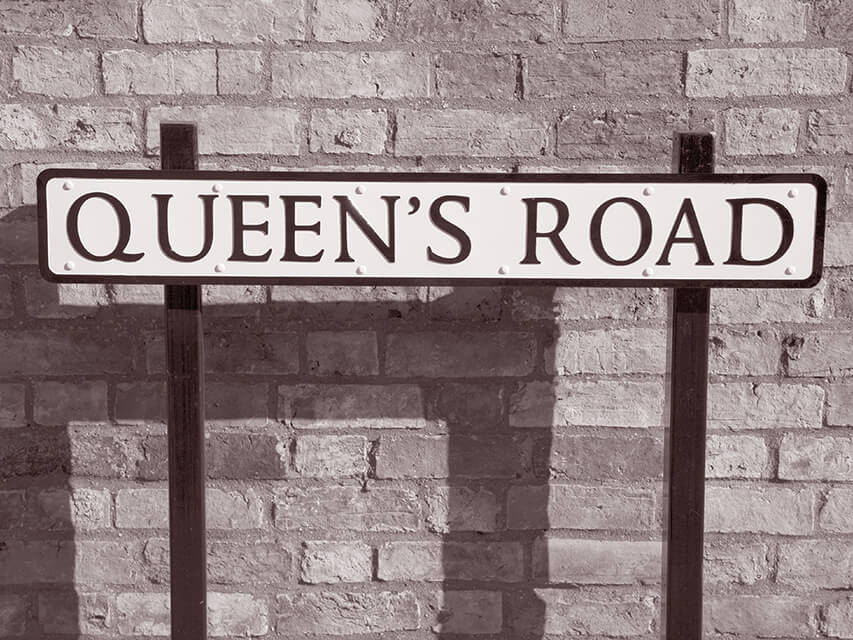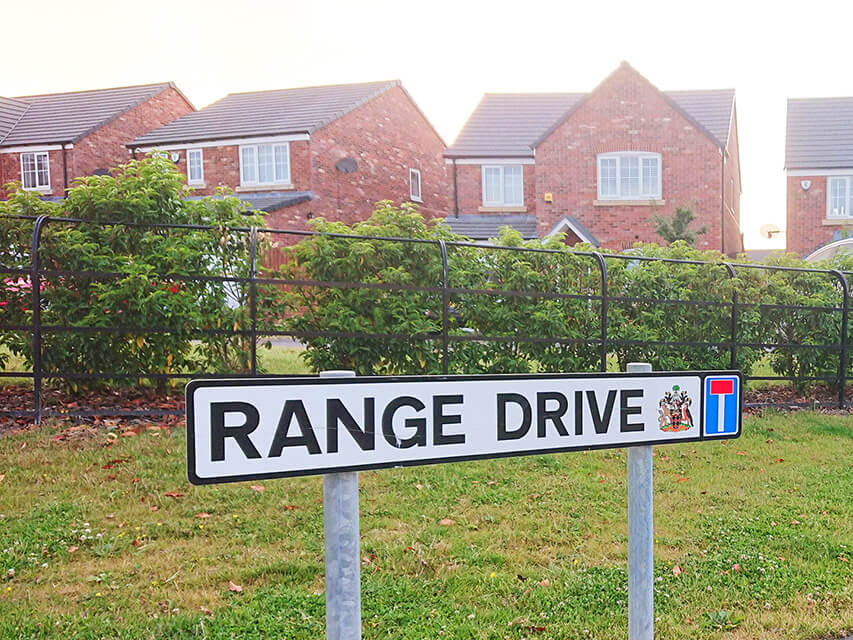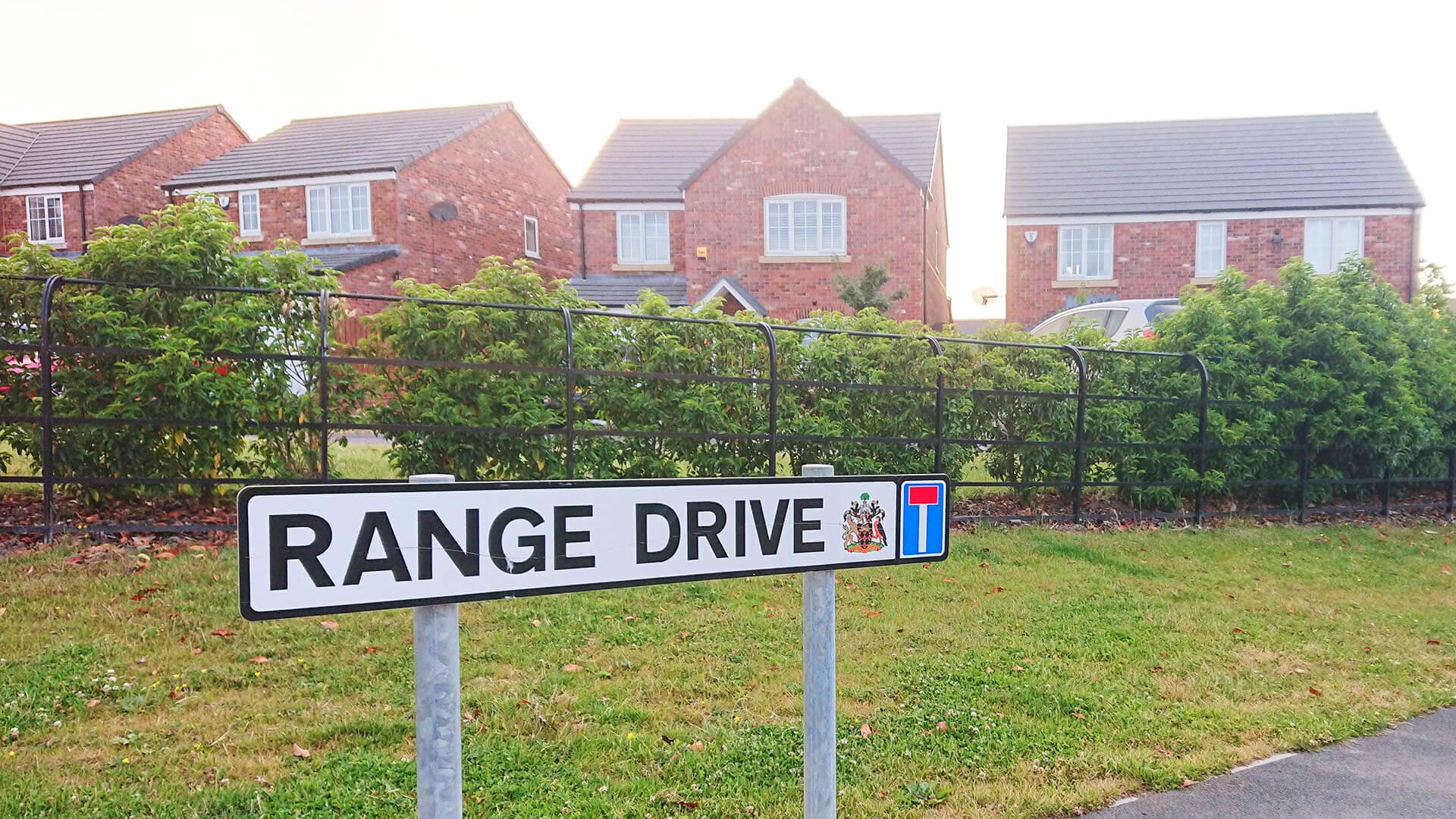We support best practice
Our guidance for Street Naming and Numbering best practice is held in our GeoPlace Data Entry Conventions and Best Practice for Addresses DEC-Addresses Version 3.4 September 2016 reference manual. As you might expect, it’s a necessarily detailed document. Click on the link below to download a full copy of this SNN best practice guidance document.
It provides:
- a comprehensive, consistent maintenance and update resource
- definitions, conventions and guidance for those wishing to improve how they maintain address data more efficiently and in a consistent manner across government
- consistent definitions and conventions for those who use address data and those who, equally importantly, wish to understand why they should use good quality address data.
Council officers have used this guide for nearly 20 years. It also helps Street Naming and Numbering officers to mitigate the cost and difficulties associated with changing street names, should that be necessary for future years.
Reference Manual
GeoPlace Data Entry Conventions and Best Practice for Addresses
DEC-Addresses Version 3.4 - September 2016

What’s in the guide?
The 'Data Entry Conventions and Best Practice for Addresses' guidance is a recommendation. On the ground, the process of street naming and numbering is a matter for individual councils to decide, but we expect them to take on board these considerations:
- The exclusion or inclusion of certain numbers for cultural or religious reasons
- The use of building names without numbers
- New building or street names should not begin with "The"
- The use of street names which include numbers that can confuse, for example, "20 Seven Foot Lane" sounds the same as "27 Foot Lane"
- The use of the names of deceased people in the adoption of any street names. The reason for choosing a person's name should be established in the council's policy
- The use of the name of a living person (it’s not recommended)
- The adoption of historic connotations by developers – guidance on this should be provided by the council to all developers through close liaison with local historic societies.
- The use of national or local historic figures or events
- The use of a name with Royal connotations – the Lord Chamberlain's office must be contacted if a name has any reference to the Royal family or if the word ‘Royal' is suggested.
For further information, see -
https://www.royal.uk/use-royal-arms - The use of names and their combination with numbers that could be considered rude, obscene, and racist or contravene any aspect of the council's equal opportunities policies
- The use of names and their combination with numbers that could be easily vandalised or changed into any of the above, for example, "Canal Turn"
- The use of names that can cause spelling or pronunciation problems
- The use of names that can be construed to be used for advertising or commercial gain
- The use of names would lead to variations in the use of punctuation as these can confuse or result in early demands for a change of address from occupiers.
Delivering best practice
We’re here to help. Section 4.2 within the manual outlines guidance that can help councils to develop a robust SNN practice and policy. This includes references to:
- Initiating new addresses
- Good practice on information to be displayed on a council website
- Dealing with SNN requests
- Numbering of properties to assist with the identification of properties
- Avoiding naming conflict with nearby authorities
- Ensuring new records adhere to BS7666; Spatial datasets for geographical referencing. The general model for gazetteers and spatial referencing
- Notifications to third parties
- Developing an SNN policy for the authority to assist on how streets should be named
- Changes to an existing address
Guidance on the law and best practice for the re-naming of streets and buildings
GeoPlace has published comprehensive guidance for local authority Street Naming and Numbering Officers and their co-workers in England and Wales who are responsible for naming and renaming streets and buildings.
Recently, local authorities have been receiving more requests about changing some building and/or street names. Working in collaboration with the Street Naming and Numbering (SNN) community, and with independent legal advice from Anthony Collins Solicitors, GeoPlace has published guidance to ensure the complexities around changing a street or building name are fully understood and documented.
This accessible, comprehensive guidance combines a huge range of considerations, observations, legal definitions and procedures, annexes, and references to the most useful sources. The guide takes local authorities through all of the necessary processes and will be an invaluable reference guide for SNN officers and their co-workers when they’re responding to these types of requests.
Use of Platinum Jubilee related names and titles
Permission to use the title Royal and other protected titles are granted by Her Majesty The Queen on the advice of Her Ministers. The title Royal is very sparingly granted and strict standards are applied.
Requests for permission to use the title Royal are submitted to the Royal Names Team in the Cabinet Office for consideration. Please see guidance from the Cabinet Office.
SNN Guidance Document
Guidance on the law and best practice for the re-naming of streets and buildings
December 2020

External Link
Read more on apostrophes
GeoPlace statement on the use of apostrophes in street naming and numbering




